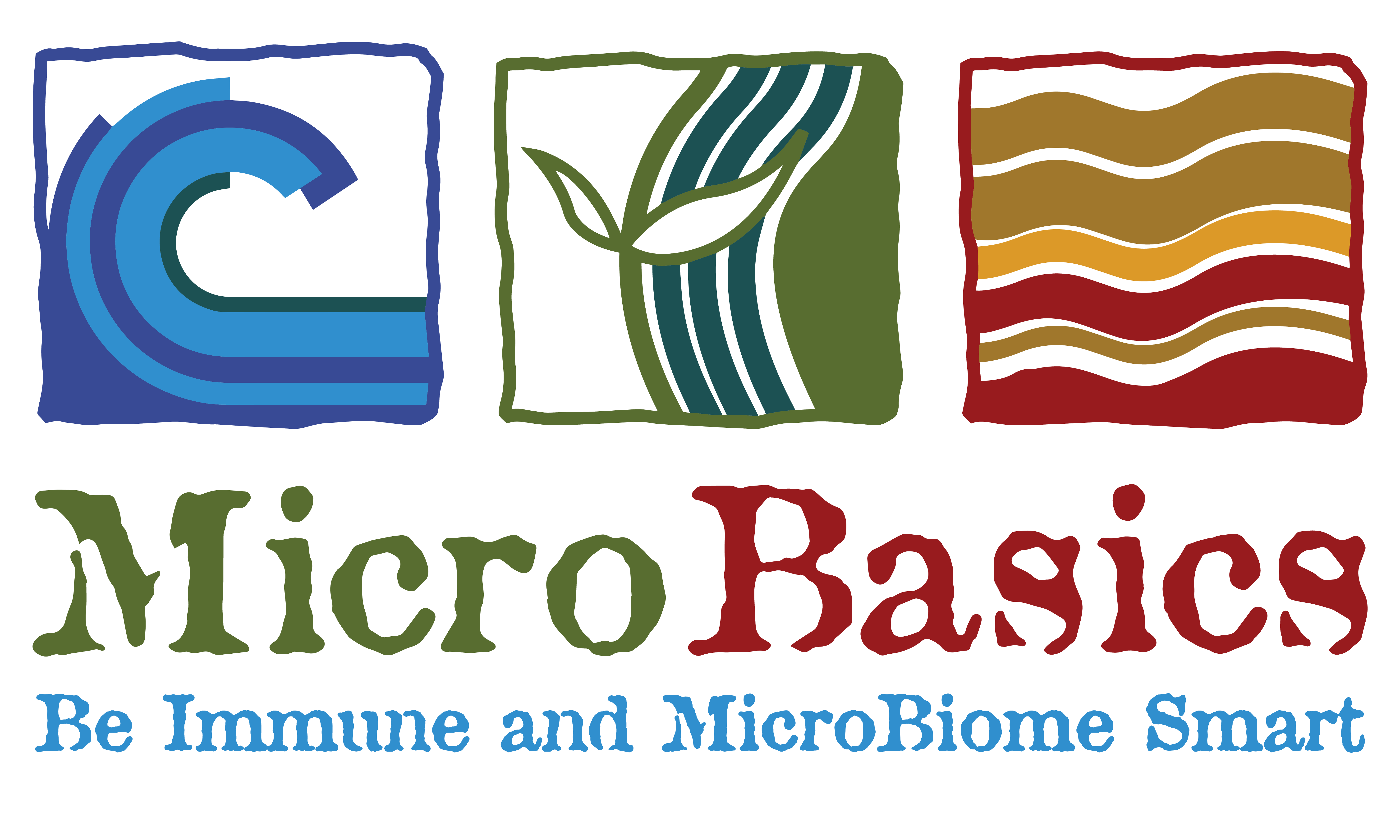Calf Distinction is a brand that creates innovative and science-backed products designed to promote the health and growth of young calves. Our products are a combination of the art of nature and the latest scientific advancements in the field of animal health and nutrition. This unique combination sets us apart from our competitors and makes us the go-to brand for producers who want the best for their animals.
Early Life Development
At Calf Distinction, we understand that a calf’s early life is critical in determining its future productivity and overall health. Therefore, we have developed a range of products specifically tailored to meet the unique nutritional needs of calves during their early growth stages. These products are formulated using natural ingredients and are scientifically proven to promote growth, enhance immune function, and optimize calf health.
Calf Products
Surveillance Calf is our flagship product. Surveillance Calf brings every element of nature’s extraordinary DNA together in perfect, seamless balance. Superior performance, scientific design, and masterful technology combine to create a calf product that is giving the customer the option to not have to use antibiotics at all. This product binds and removes pathogens rather than relying on an antibiotic to kill them off. In addition to pathogen removal, Surveillance Calf provides the animal with the nutrients it needs to initiate the proper immune response, and to rebuild and repair damaged cells post infection. On top of that Surveillance Calf delivers a huge dose of Bacillus probiotics to maintain pathogen control, strengthen the gut lining, and improve digestion.
Sync Paste and Powder provide optimal ingredient combinations and potency to support a calf’s developing gut and immune system. There are so many variables that affect the success of passive transfer immunity to the calf and Sync helps to bridge the gaps when colostrum quality, cleanliness, and timeliness may not be ideal.
TomaHawk iL and TomaHawk iL Zn combine scientific design and masterful technology to provide immune support and gut protection to the animal during times of high stress, such as weaning. Tomahawk iL and TomaHawk iL Zn provide the animal with the nutrients it needs for proper immune response, cell repair, and liver health. Similar to Surveillance, both products also deliver a huge dose of Bacillus probiotics for pathogen control, integrity of the gut lining, and improved digestion.
Scientifically Proven Natural Solutions
Calf Distinction products come to you with the finest natural solutions that nature has to offer. We are committed to identifying solutions from nature and providing the most advanced natural products on the market. It is quite simple, nature knows best. Our goal is to continuously improve the care of all calves.
We have a team of experienced Immunologists, microbiologists and animal nutritionists who are constantly working to develop new and innovative products that are backed by scientific research. This ensures that our products are safe, effective, and built on science.
We are a brand that stands out in the crowded animal nutrition market. Our products are the art of nature built on science. This commitment to using natural ingredients, along with focus on science and research, has made us a trusted brand for producers and consumers. If you’re looking for products that will help promote the health and growth of your calves, then Calf Distinction is the brand for you.

